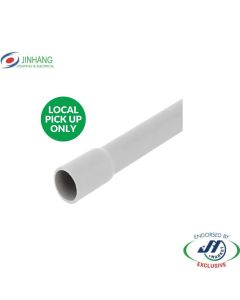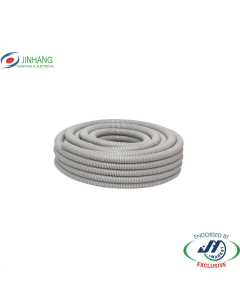Solar
Solar panels are gaining popularity in both residential and commercial environments. Therefore, solar photovoltaic (PV) systems are installed on open fields, roofs, and large bodies of water.
Along with the popularity of solar panels are essential regulatory requirements that help ensure the equipment is used safely.
Solar PV stickers have labeling requirements. These requirements depend on how much voltage a system produces, whether the solar panels are for residential or commercial use, or where they are installed.
...Solar labels, also called solar stickers or solar PV labels, are identification labels or markers used on solar installations to provide essential information on the system’s safety requirements, specifications, and electrical characteristics.
Solar PV stickers are generally placed on different components of solar power systems, like solar panels, disconnect switches, inverters, and junction boxes.
Some key features of solar labels include the following:
System Components: In bigger solar installations, solar stickers can help identify individual components like solar panels, inverters, and batteries. These solar PV stickers help with system troubleshooting, replacement, or maintenance.
Electrical Ratings: Solar PV labels show electrical information like current, voltage, power rating, and maximum system voltage. These details on solar labels help electricians and maintenance personnel determine the electrical characteristics of the components.
Safety Information: Solar PV stickers also have safety instructions and warnings to make sure that the solar equipment undergoes proper handling and operation. Solar stickers may also display the presence of high voltages, electrical hazards, or precautions for installation and maintenance.
Certifications and Standards: Solar PV labels may also feature symbols or text indicating compliance with industry standards or certifications.
For example, a solar label might indicate a certification from a recognized testing laboratory or compliance with the International Electrotechnical Commission (IEC) standards.
Installation Guidelines: Some solar labels have installation instructions or diagrams, which can help installers correctly connect and position the solar panels or system components.
Environmental Considerations: Solar stickers can also include information about the product's environmental impact, like the product’s recyclability or compliance with specific eco-friendly standards.
Manufacturer Details: Solar PV stickers typically include the name, logo, and contact information of the manufacturer or supplier. This information is useful for warranty claims, technical support, or inquiries about the product.
System Identification: Solar stickers also have unique identifiers or serial numbers to track and trace specific solar products or systems. This information on solar PV labels is valuable for warranty validation, inventory management, or recalling faulty products if necessary.
JH Market offers high-quality solar PV labels, such as the JinHang Solar Label Kit contains the following contents:
1x In Ceiling space or accessible floor space Solar d.c sign
1x In Ceiling space or accessible floor space Solar Warning Hazardous D.C Voltage
4 x Disconnection Points, with cable ties
1 x Main Switch Grid Supply
1 x Main Switch Inverter Supply
2 x PV Array D.C. Isolator
1 x Inverter A.C. Isolator
1 x Solar Array on Roof
1 x Warning Multiple Supplies
1 x Shutdown Procedure
1 x Hazardous DC Supply
1 x Multiple DC Sources
1 x PV Green Reflective Fire Sign 100mm
1 x Inverter Location
1 x Warning - PV Array Cabling
2 x Warning - PV String Disconnection Point
It’s important to ensure that the solar labels are made properly and know where they should be placed. Therefore, solar PV labels must be visible and easy to read. The solar stickers should also be high-quality and resistant to wind, rain, snow, and other harsh environments.
Solar PV stickers are usually placed in accessible and visible locations within a photovoltaic (PV) system. Some common locations where solar stickers are typically applied are:
- Solar Panels
- Inverter or Power Conditioning Unit
- Combiner Boxes
- Disconnect Switches
- Electrical Cabinets or Enclosures
- Circuit Breakers and Fuses
- Conduits and Wiring
- Electrical Metering
- Product Brand JinHang Remove This Item




